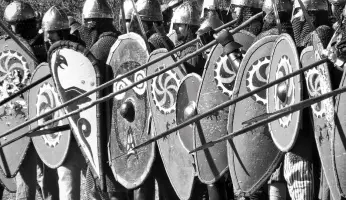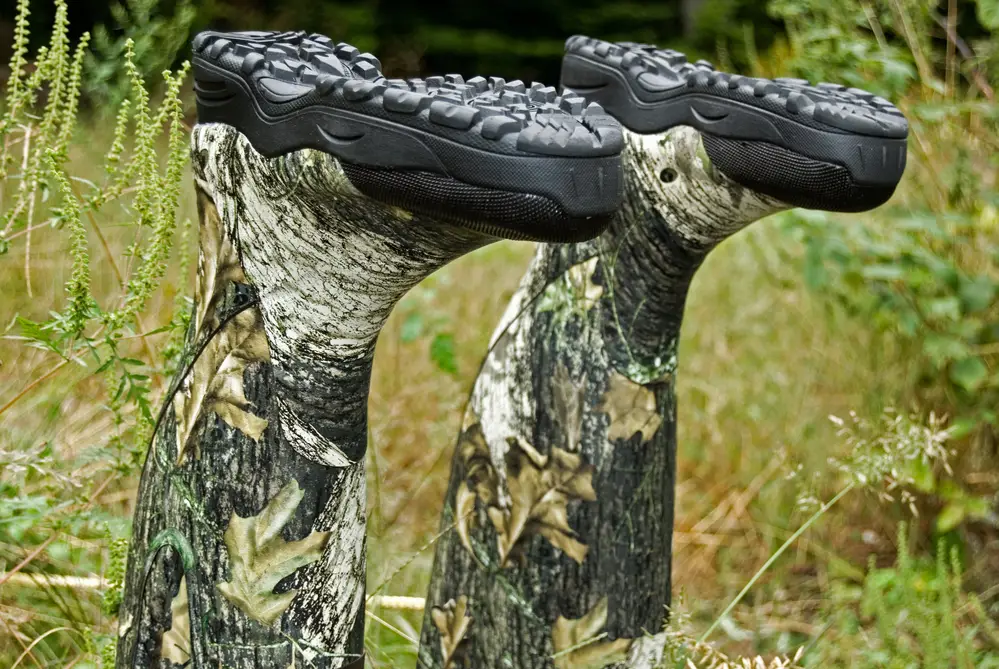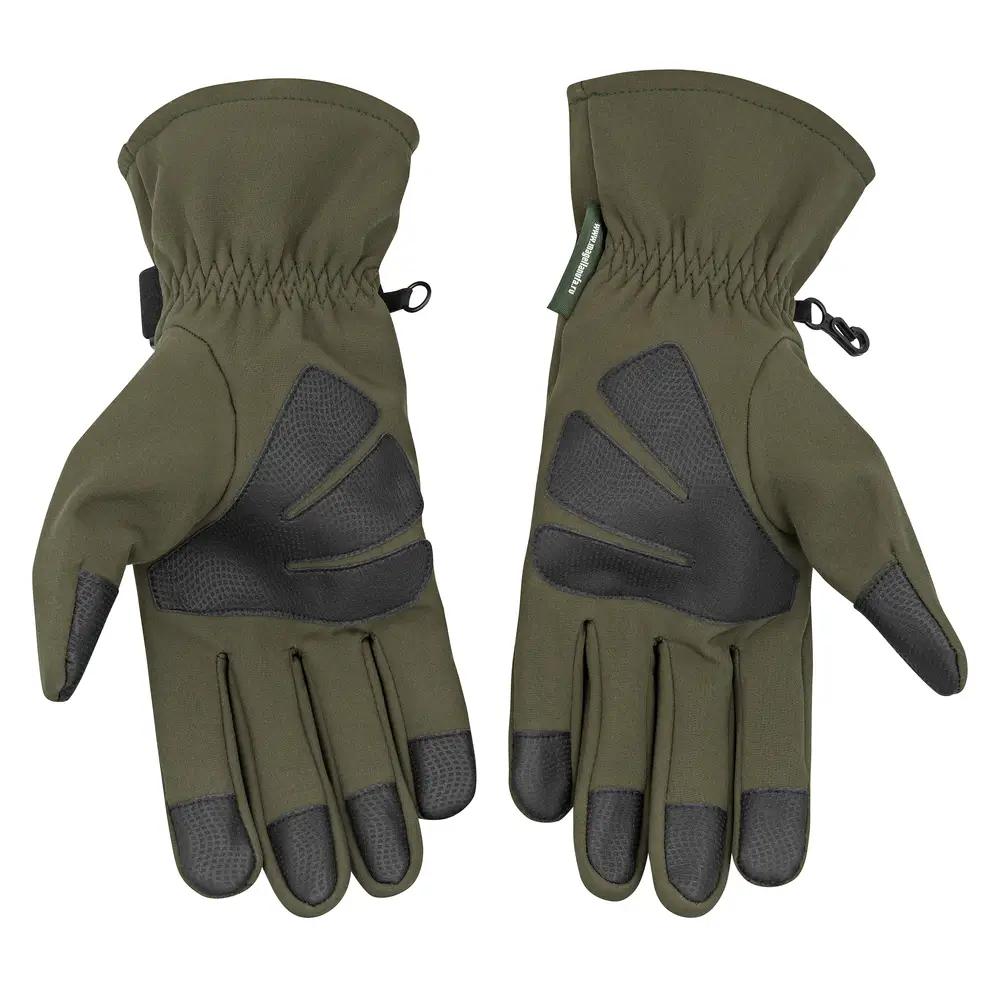10 Myths About Blood Trailing Deer
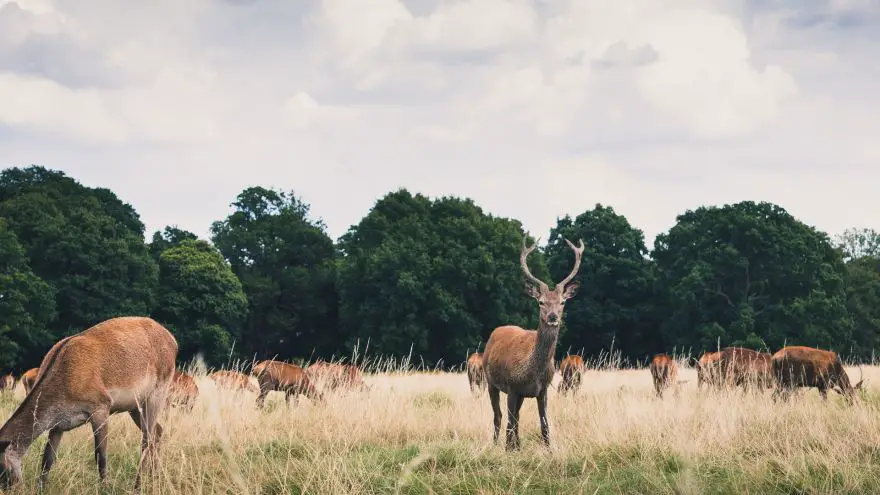 10 Myths About Blood Trailing Deer
thegearhunt.com
10 Myths About Blood Trailing Deer
thegearhunt.com
One hunting tip often given when hunting deer is to follow the blood trail of the deer after you have hit it and it takes off running. The logic goes that if you follow the blood trail, you’ll eventually come across the deer later regardless of whether it’s still alive or has died.
While following the blood trail of a deer can work for many hunters and has worked for many in the past, there are many myths that exist with blood trailing as well. We’ll discuss ten of those myths here:
Myth #1 – You don’t need to examine the location of the shot
Hunters, and especially bow hunters, have often bend told that they need to immediately pursue the running deer after they’ve taken the shot. In reality, the first thing you need to do is to examine exactly where the deer was standing when you shot it while you still know where it is so you can identify where the blood trail started and follow it from there.
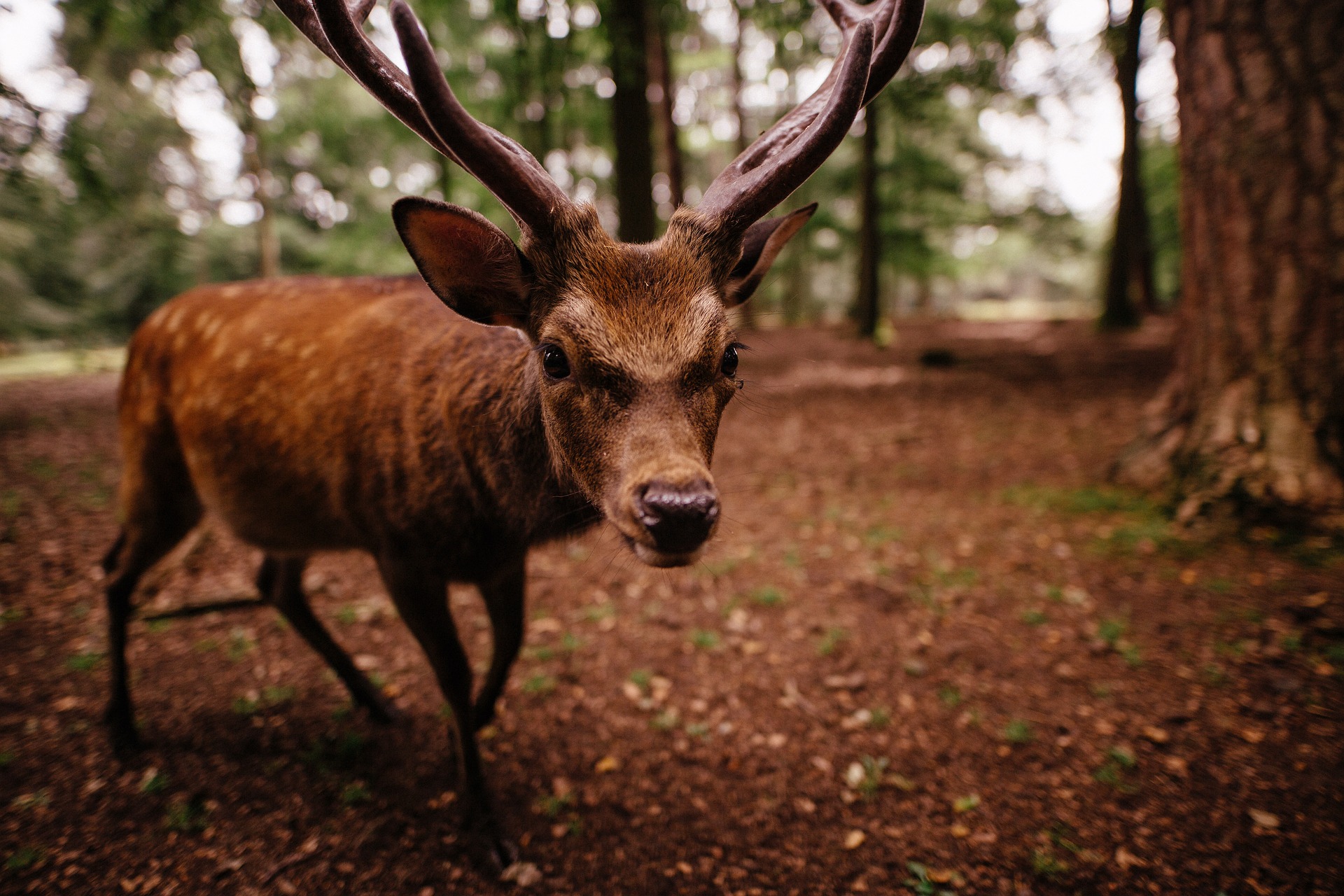
Myth #2 – You’ll lose a deer if you hit it in the gut
Many hunters mistakenly believe that if they hit a deer in the gut rather than in the vital region, the wounded deer will continue to run and soon become impossible to find. This isn’t always true, however, as a deer that has been gut shot will typically die after about ten hours, and should slow down far sooner than that. In other words, a gut shot deer is not a lost deer.
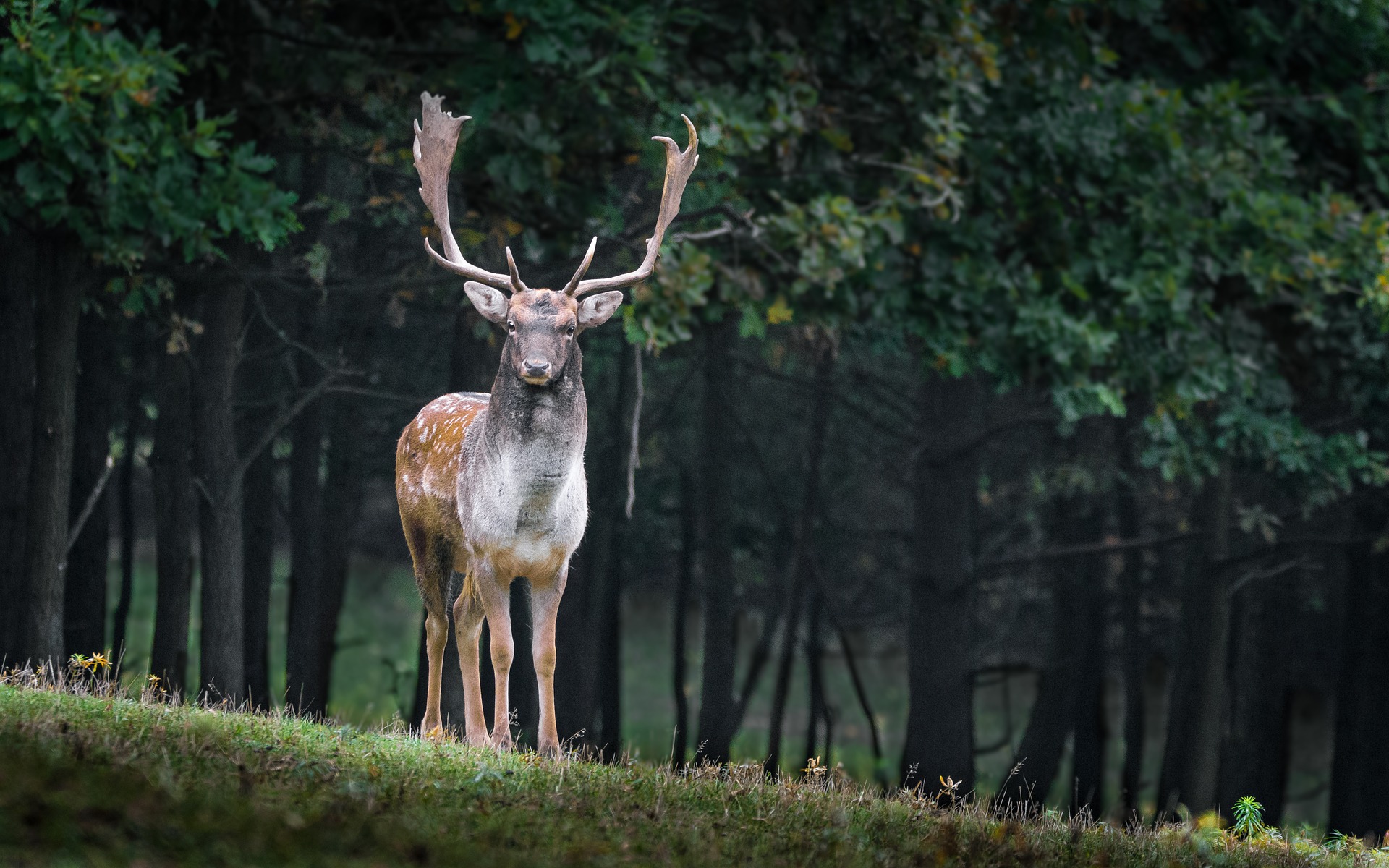
Myth #3 – A wounded deer will run for the water
Hunters are also often told that they need to hunt for deer where there is water, and when they wound a deer and it takes off running, they’ll expect the deer to head for the water as well. In reality, a wounded deer is not going to run towards water, but rather toward an area of cover with bedding.
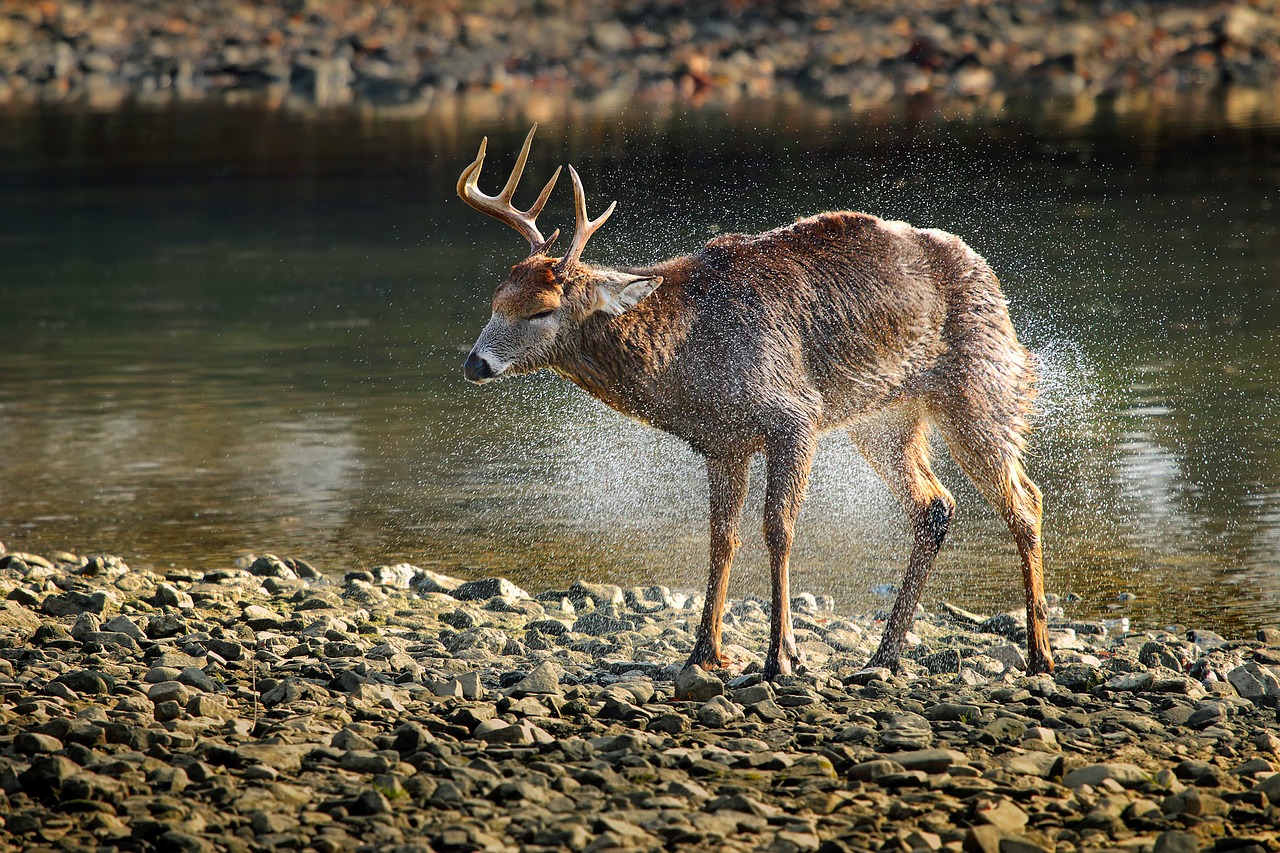
Myth #4 – A deer will drop dead if you hit it in the lungs
Yes, the lungs are a vital area to shoot a deer (or any game for that matter). Nonetheless, shooting a deer in the vital organs does not guarantee a clean kill. While it greatly increases your chances of dropping the deer on the first shot, there’s a still a chance that it will take off running and you will have to pursue it.
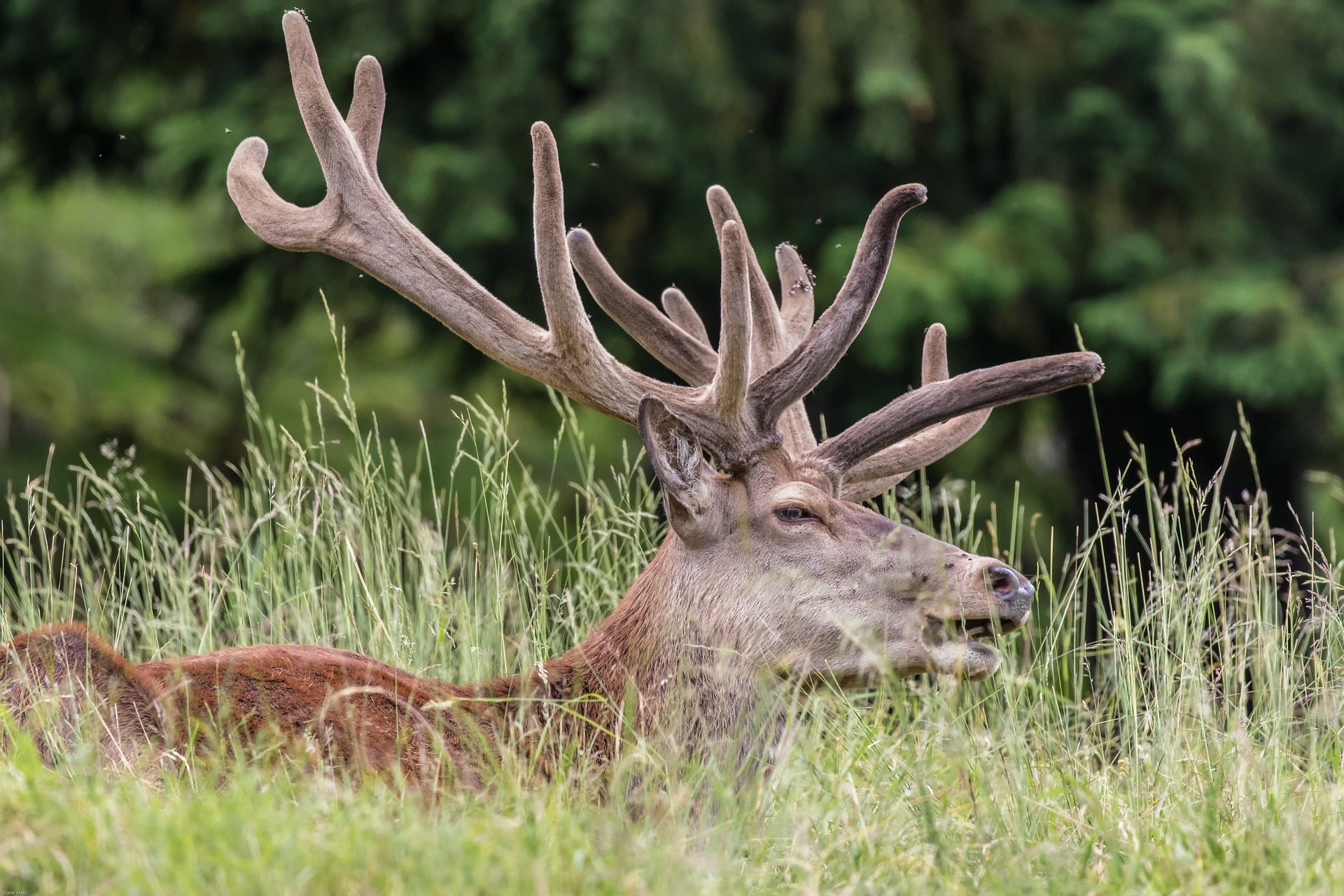
Myth #5 – If there’s no blood you’ve lost your deer
Many hunters have given up pursuing wounded deer simply because they were unable to pick up on their blood trail. In reality, you need to do everything you can do to stay on your deer’s trail. If you’ve already wounded it, the humane thing to do is to put it out of its misery. If you can’t find blood, you’ll need to look for other signs such as tracks of broken brush.
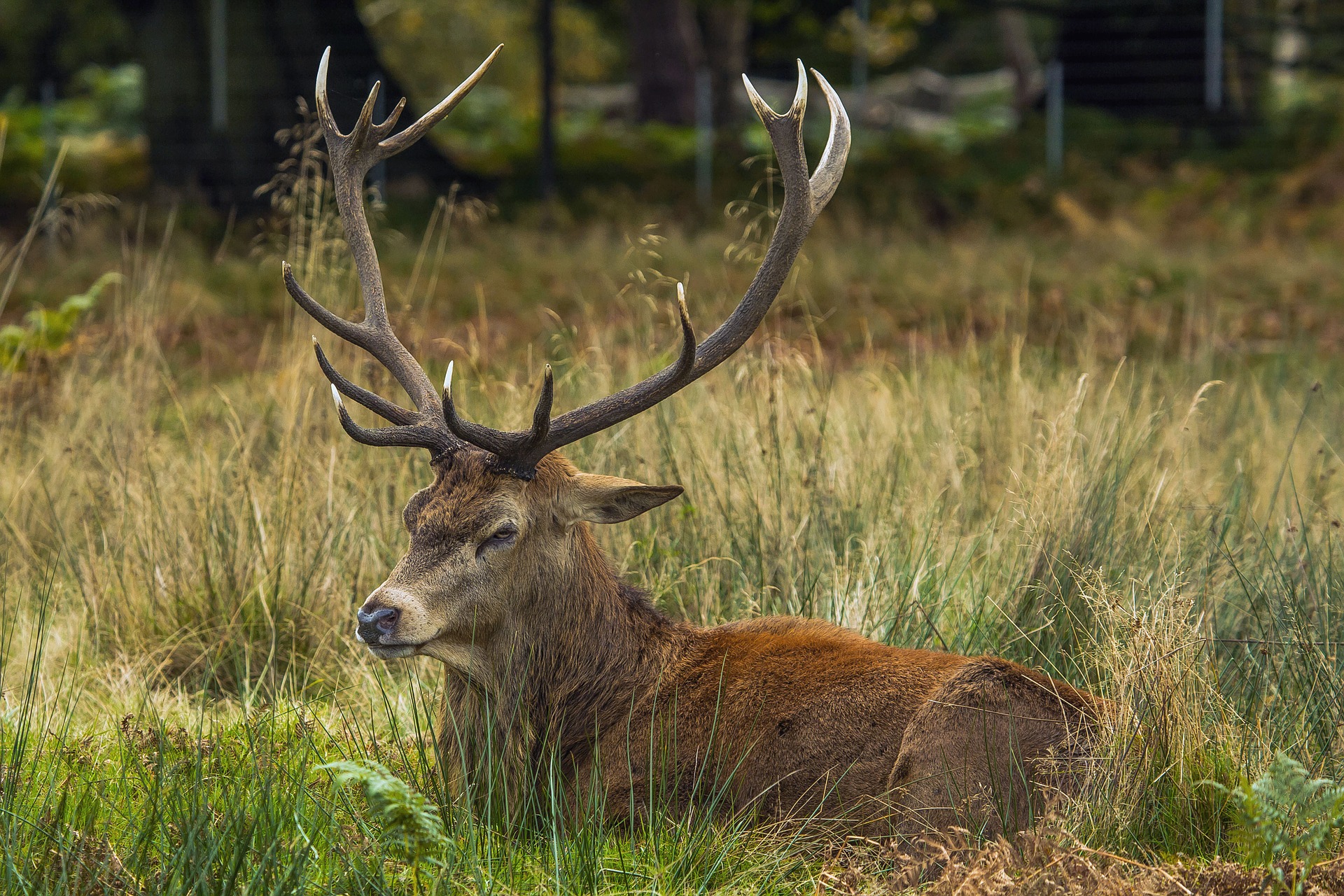
Myth #6 – You should give the deer time to stiffen
A deer will only stiffen after they die, so this whole concept needs to be abandoned all together. Nonetheless, many people still believe that they don’t need to immediately pursue a wounded deer because they anticipate the deer to get stiff and collapse within a hundred or so yards. In this scenario, the only possible way for the deer to kill from your bullet or arrow shot is for it to bleed out. Therefore, immediately launch your pursuit of the deer if you’ve hit it and it runs.
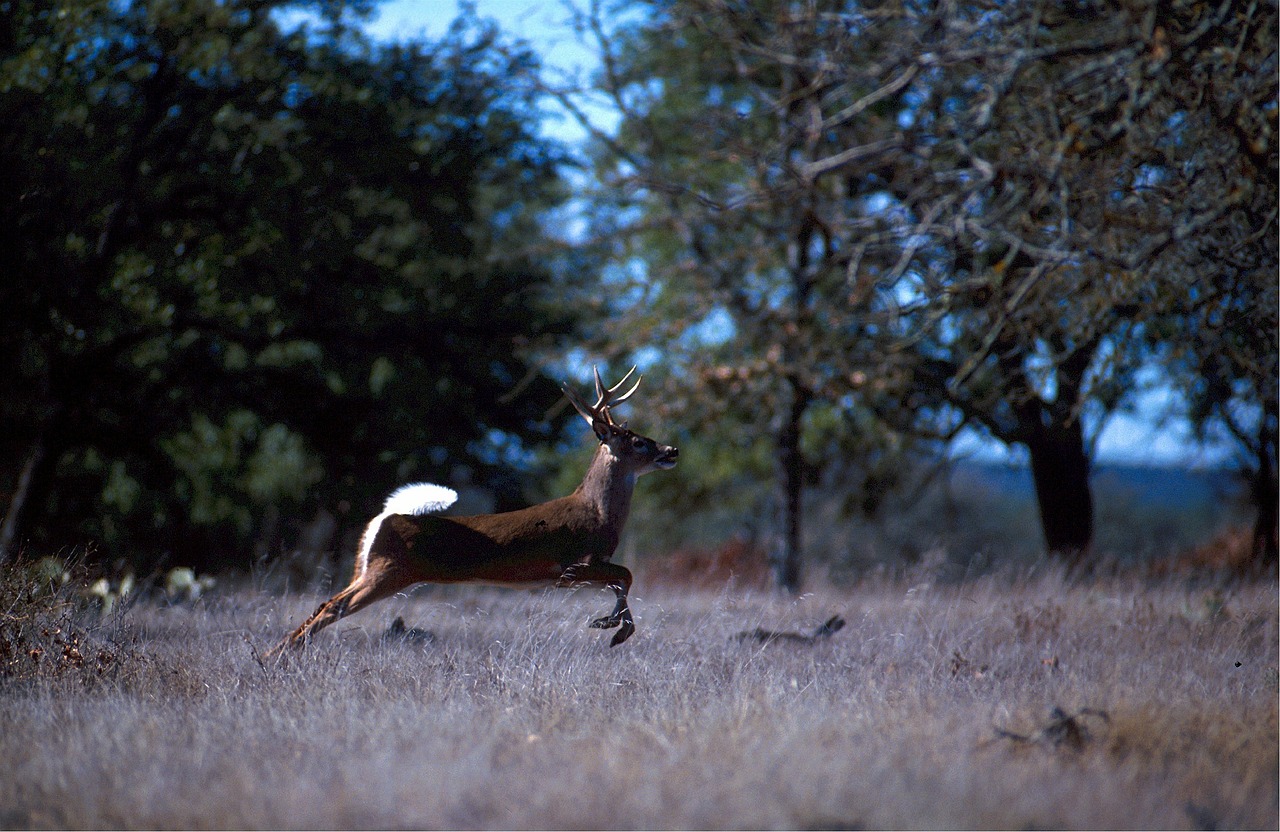
Myth #7 – A wounded deer will never go uphill
The only reason why this myth exists in the first place is because some hunters don’t want to spend the energy going up a hill or mountain. It is perfectly possible for a wounded deer to head uphill after being hit. While steep conditions are certainly going to impede the wounded deer’s ability to climb, it won’t prevent it.
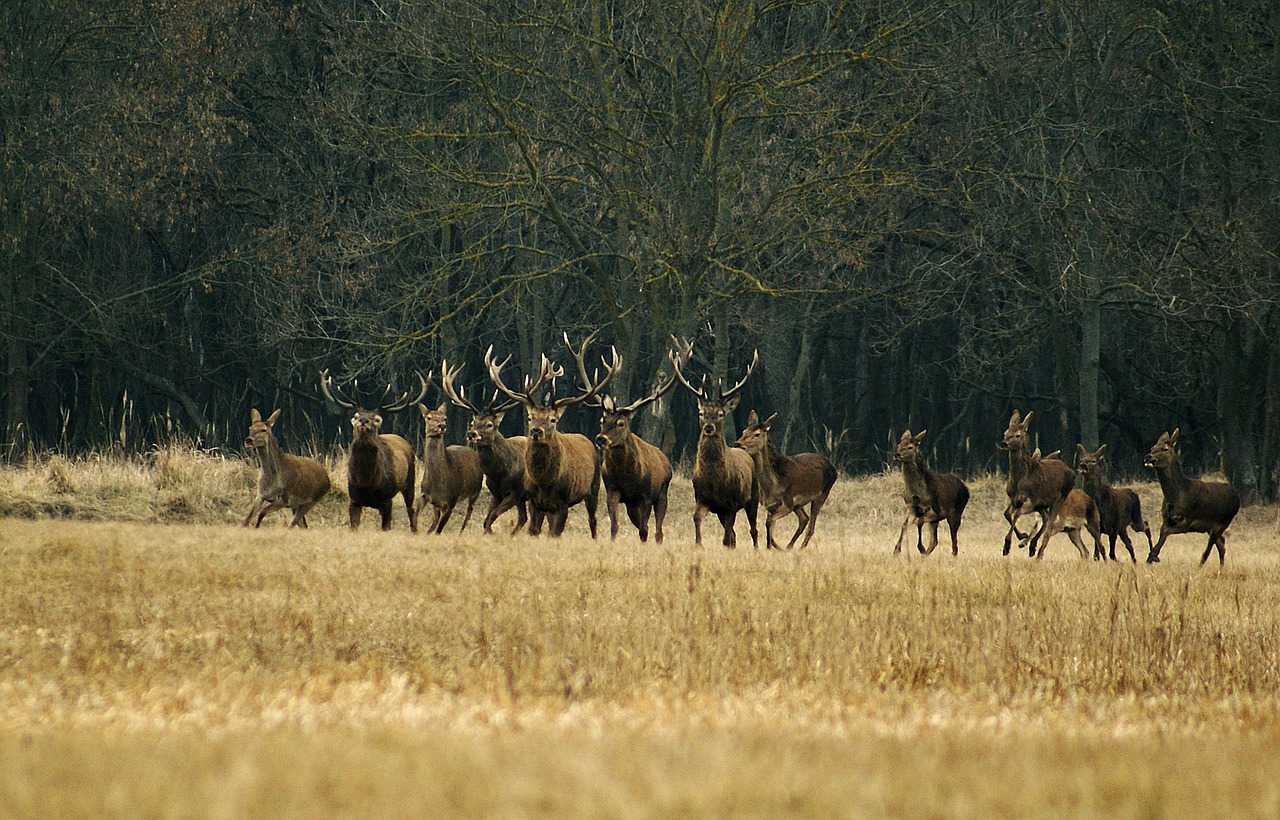
Myth #8 – You don’t need to pursue your deer because your dog can
While a dog with the skill to track will certainly be a major help when hunting deer, you can’t always guarantee that your dog will be able to find a deer that’s taken off running. If a deer can evade you, it can evade your dog too.
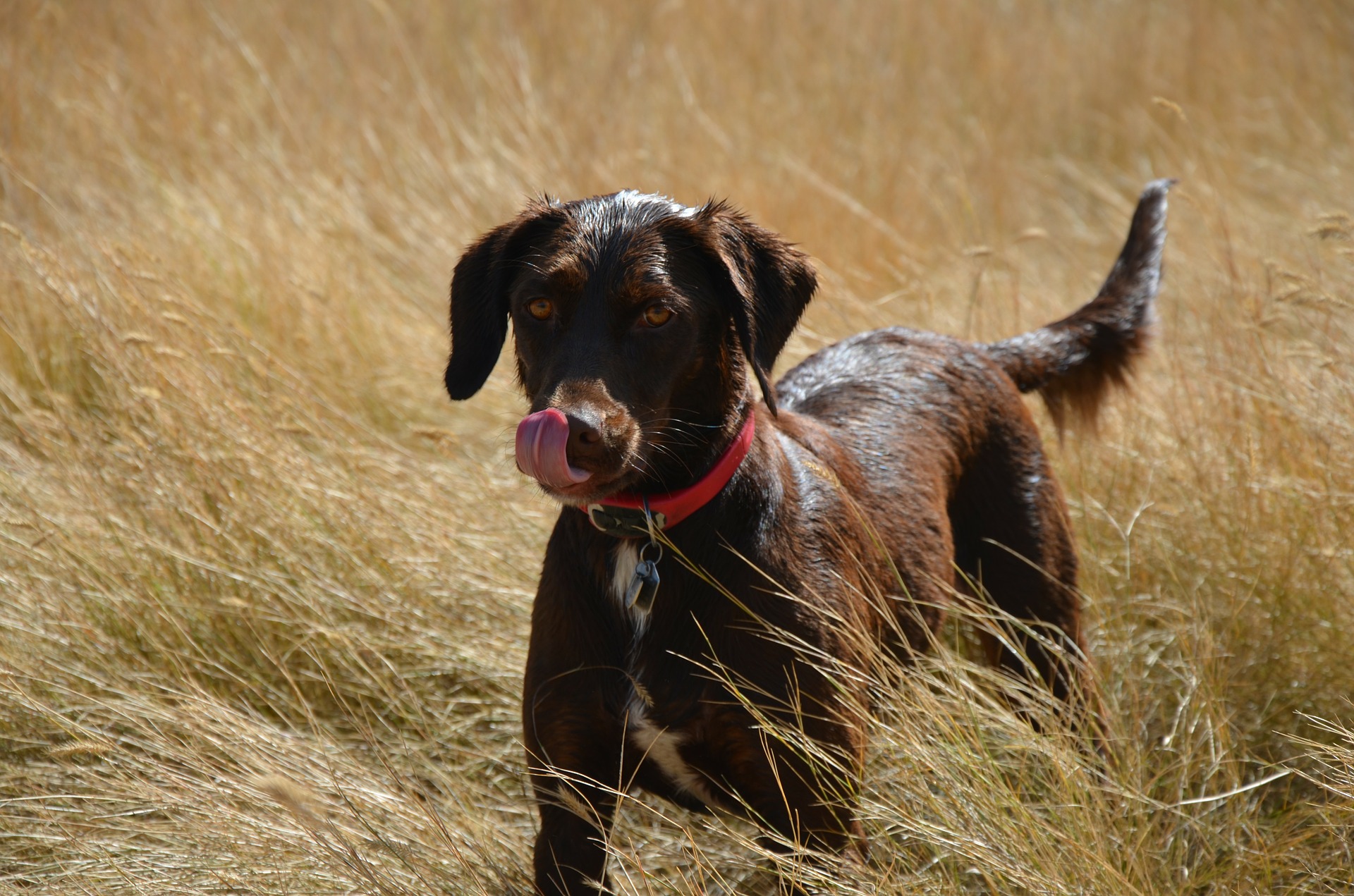
Myth #9 – If the deer is down, it’s dead
Even if a deer falls right to the ground after being hit, there’s still a chance that it could get up and take off running. This is why the last thing you want to do is sling your rifle over your shoulder and head over to the fallen animal expecting nothing to happen only to be taken completely by surprise. Continue to train your weapon on the deer on the ground and approach slowly and carefully. You also want to make sure that the deer is completely dead before gutting.
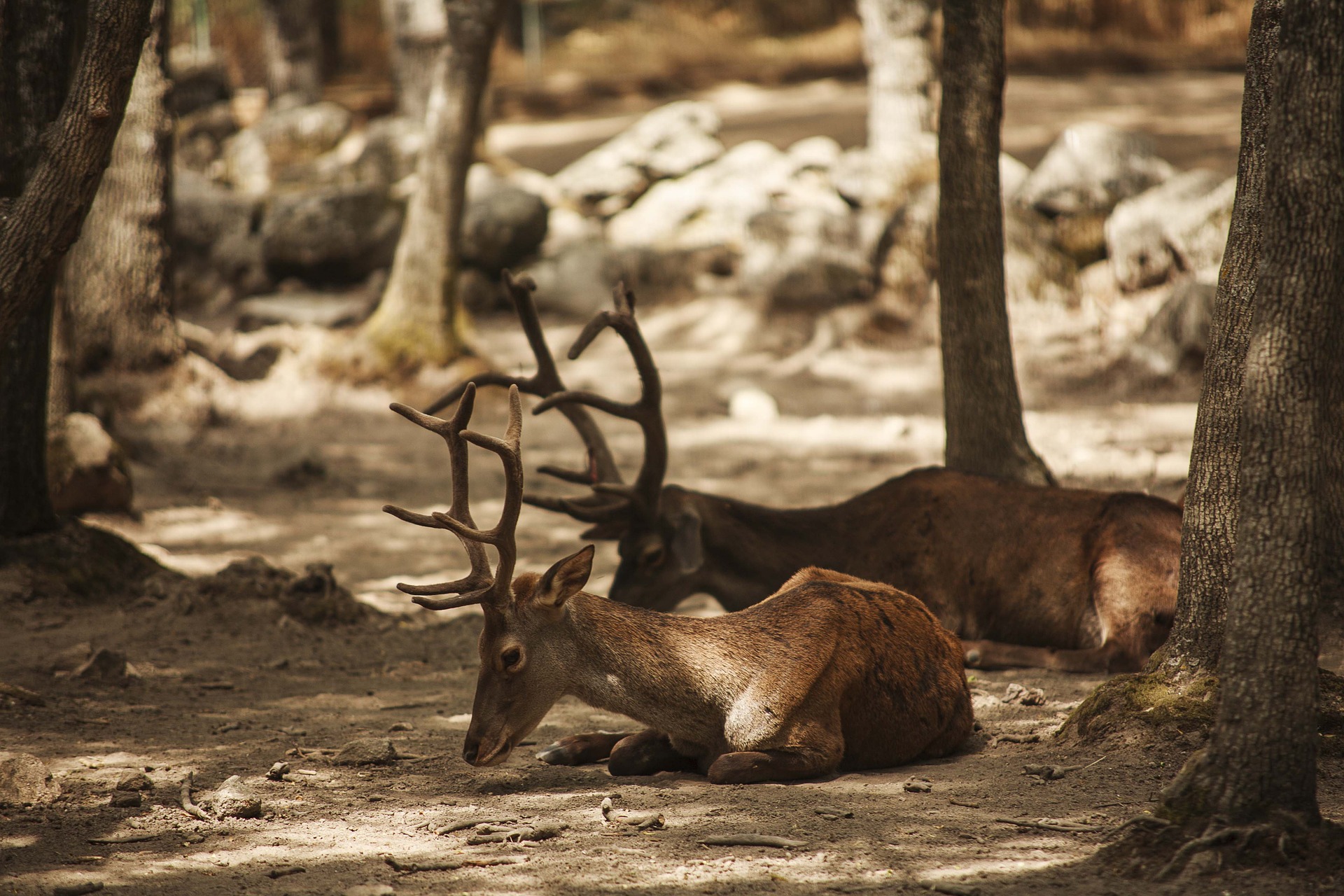
Myth #10 – You don’t need to pursue a deer because you’ll find it later
As mentioned earlier, a deer that’s been shot but running will typically last around ten hours before dying. Many hunters know this, but make the stupid mistake of heading back to their truck and then coming back in the morning to search for the carcass. This is a terrible error for a variety of reasons, the most obvious being that you have no idea where the deer has gone! Even if you manage to pick up on its blood trail, it’s still not at all guaranteed that you will be able to find it. Besides, there are a host of predators such as bears, cougars, wolves, and coyotes who live in the exactly same environment as deer do and could get to the carcass first.
Also worth reading best hunting rifle brands
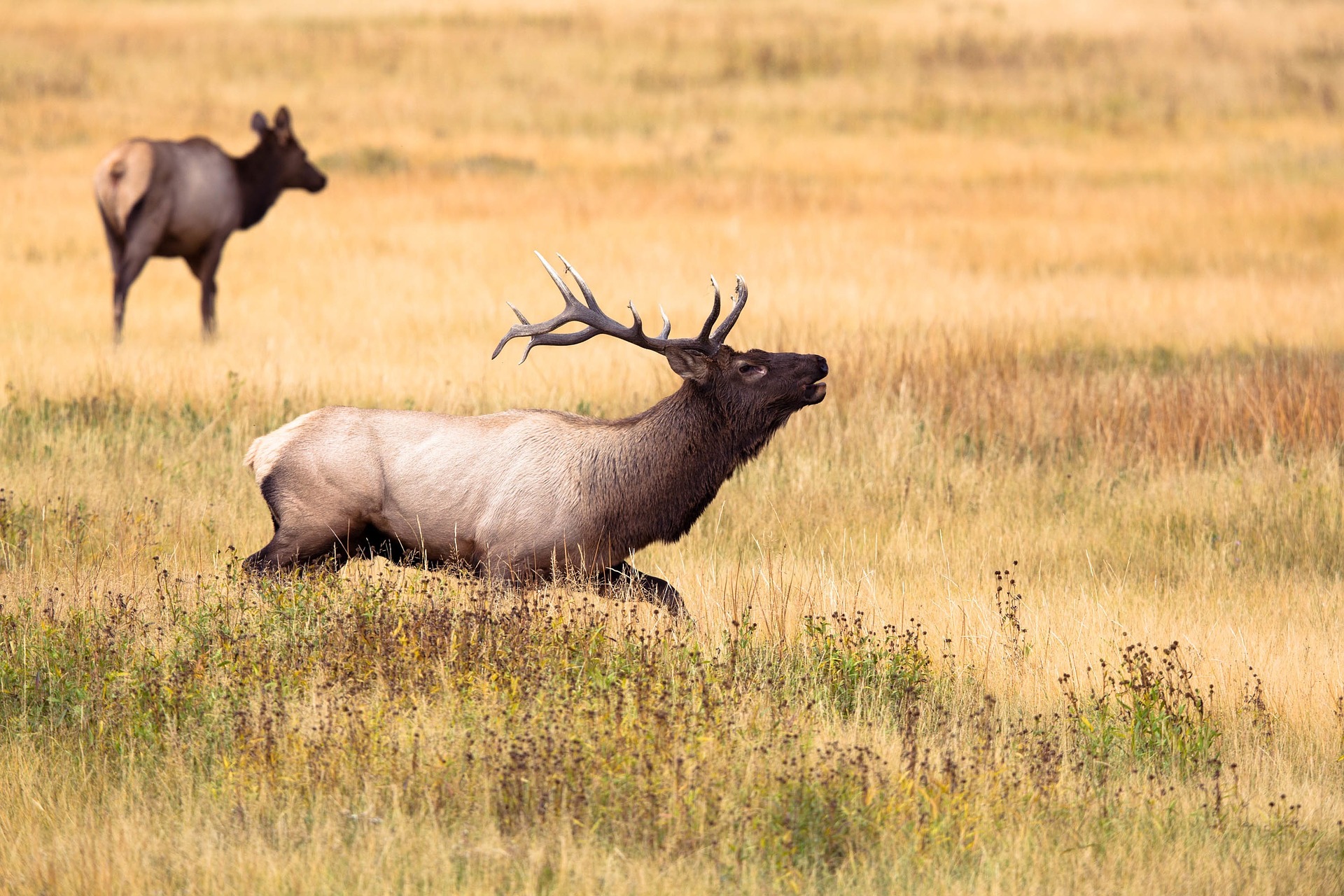
Conclusion
All in all, blood trailing can be an effective way to find a deer that has been hit, but it’s also important that you avoid falling for these myths and falsehoods that far too many other hunters fall for.







